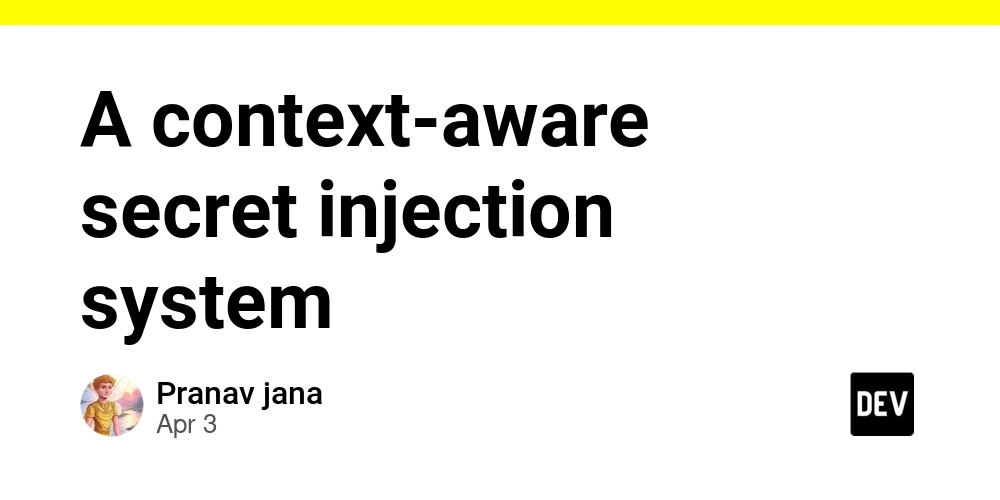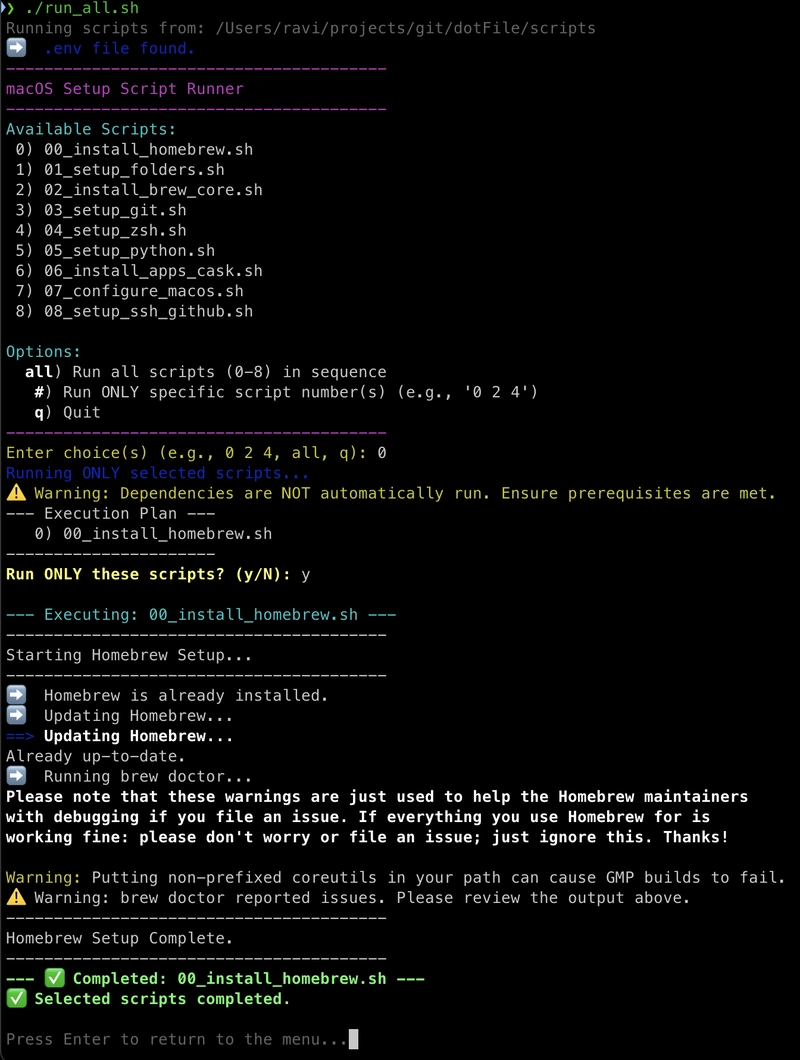Trump wants to roll back auto emission standards—but that means you’ll pay more to fill your gas tank
When the Biden administration set new auto emissions standards, it was a landmark climate move; passenger vehicles currently account for more than a quarter of U.S. greenhouse gas emissions. But the new standards also included fuel efficiency elements that would save drivers money. President Trump has said he wants to roll back both emissions and fuel economy standards, calling the regulations an “EV mandate.” If he does roll those back, drivers of new models may end up spending thousands more just to fill their gas tanks. Speaking to reporters at the Oval Office this week, Trump reiterated his plan to roll back the regulations, saying “We’re going to go back, probably, to a 2020 standard.” Doing so “could result in consumers paying at least $8,000 more to fuel a vehicle in 2029, than they would have if the standards stayed in place,” says Chris Harto, a senior policy analyst at Consumer Reports who focuses on energy efficiency. Under Biden, the EPA enacted the emissions standards and and the Department of Transportation enacted the fuel economy standards. Both help clean up combustion vehicles—and both are in Trump’s crosshairs, as the standards were created in coordination with each other. Making vehicles more efficient, Harto explains, comes with the “very fortunate side benefit of making the vehicle cheaper to fuel.” Biden announced the newest standards in 2024; they phase in over model years 2027 to 2032. They built on standards the EPA put in place in 2021 that cover model years 2023 to 2026. The standards established a 50.4 miles per gallon average for light-duty vehicles by model year 2031. Those combined rules, a Consumer Reports analysis found, would deliver more than $2 trillion in consumer fuel savings by 2050. “That’s a massive amount of money that’s at stake,” Harto says. In the past three years, the new standards have already delivered $2,200 in fuel savings for new vehicles (and over the next five years, they’re on track to deliver another $6,000 in savings). That’s a stark difference from the four years prior, 2018 to 2021, when standards were being rolled back during Trump’s first term. Over those four years, consumers saw less than $500 in savings delivered per vehicle. Though Trump says the standards promote EVs, Harto says they help drive all sorts of efficiency technology, including hybrids and plug-in hybrids, “that can save consumers a lot of money without having to change the way they drive their vehicle.” If those standards get frozen in the past, he adds “there’s a strong chance we’ll see a pull back [from automakers] in some of those newer technologies across the board.” Speaking to reporters, Trump said that the new auto emissions standards don’t “mean a damn bit of difference for the environment” but “make it impossible for people to build cars.” Harto contests both those claims. The Consumer Reports analysis also found that by 2050, the auto emissions standards would reduce pollution by 12 billion tons. “It’s the single most impactful piece of climate regulation that the U.S. has ever put in place,” he says. As for how difficult it is for automakers to comply, Harto says research shows that over the past two decades, automakers have been able to deliver $9,000 in consumer fuel savings for the average new vehicle, without an increase to that vehicle price, once adjusted for inflation. “Every time regulation is on the table, the industry screams that it’s going to drive up costs for consumers,” he says. “In the end, they deliver significant savings to consumers with very little or no detectable cost. . . . It really is a win-win in terms of consumer and climate benefits.” Though Harto said he couldn’t speak for automakers about the future of these rules, he said “most industries tend to like fewer regulations.” Consumers broadly don’t support a roll back in emissions standards. In a January 2025 Consumer Reports survey, 96% of American drivers said fuel economy is at least somewhat important to them when considering a new vehicle, and nearly two-thirds agree that the government should continue to increase fuel-economy standards. The Big Three U.S. automakers didn’t respond to requests for comment about whether they support the rolling back of standards. The Alliance for Automotive Innovation said in a statement that the current emissions rules are “extremely challenging to achieve” and that “a balanced approach to emission in the U.S. is key to preserving vehicle choice.” Since not all model years that the standards cover are in full production yet, carmakers could also adapt to regulatory changes by canceling upcoming vehicles or adjusting production volumes. Some U.S. automakers have already pulled back on EV plans, canceling some future models, and the U.S. significantly lags behind markets like China that have accelerated EV technologies. Whether the standards are rolled back or not, Harto says Consumer Reports will continue to test

When the Biden administration set new auto emissions standards, it was a landmark climate move; passenger vehicles currently account for more than a quarter of U.S. greenhouse gas emissions. But the new standards also included fuel efficiency elements that would save drivers money.
President Trump has said he wants to roll back both emissions and fuel economy standards, calling the regulations an “EV mandate.” If he does roll those back, drivers of new models may end up spending thousands more just to fill their gas tanks.
Speaking to reporters at the Oval Office this week, Trump reiterated his plan to roll back the regulations, saying “We’re going to go back, probably, to a 2020 standard.”
Doing so “could result in consumers paying at least $8,000 more to fuel a vehicle in 2029, than they would have if the standards stayed in place,” says Chris Harto, a senior policy analyst at Consumer Reports who focuses on energy efficiency.
Under Biden, the EPA enacted the emissions standards and and the Department of Transportation enacted the fuel economy standards. Both help clean up combustion vehicles—and both are in Trump’s crosshairs, as the standards were created in coordination with each other. Making vehicles more efficient, Harto explains, comes with the “very fortunate side benefit of making the vehicle cheaper to fuel.”
Biden announced the newest standards in 2024; they phase in over model years 2027 to 2032. They built on standards the EPA put in place in 2021 that cover model years 2023 to 2026. The standards established a 50.4 miles per gallon average for light-duty vehicles by model year 2031.
Those combined rules, a Consumer Reports analysis found, would deliver more than $2 trillion in consumer fuel savings by 2050. “That’s a massive amount of money that’s at stake,” Harto says.
In the past three years, the new standards have already delivered $2,200 in fuel savings for new vehicles (and over the next five years, they’re on track to deliver another $6,000 in savings). That’s a stark difference from the four years prior, 2018 to 2021, when standards were being rolled back during Trump’s first term. Over those four years, consumers saw less than $500 in savings delivered per vehicle.
Though Trump says the standards promote EVs, Harto says they help drive all sorts of efficiency technology, including hybrids and plug-in hybrids, “that can save consumers a lot of money without having to change the way they drive their vehicle.” If those standards get frozen in the past, he adds “there’s a strong chance we’ll see a pull back [from automakers] in some of those newer technologies across the board.”
Speaking to reporters, Trump said that the new auto emissions standards don’t “mean a damn bit of difference for the environment” but “make it impossible for people to build cars.” Harto contests both those claims. The Consumer Reports analysis also found that by 2050, the auto emissions standards would reduce pollution by 12 billion tons. “It’s the single most impactful piece of climate regulation that the U.S. has ever put in place,” he says.
As for how difficult it is for automakers to comply, Harto says research shows that over the past two decades, automakers have been able to deliver $9,000 in consumer fuel savings for the average new vehicle, without an increase to that vehicle price, once adjusted for inflation. “Every time regulation is on the table, the industry screams that it’s going to drive up costs for consumers,” he says. “In the end, they deliver significant savings to consumers with very little or no detectable cost. . . . It really is a win-win in terms of consumer and climate benefits.” Though Harto said he couldn’t speak for automakers about the future of these rules, he said “most industries tend to like fewer regulations.”
Consumers broadly don’t support a roll back in emissions standards. In a January 2025 Consumer Reports survey, 96% of American drivers said fuel economy is at least somewhat important to them when considering a new vehicle, and nearly two-thirds agree that the government should continue to increase fuel-economy standards.
The Big Three U.S. automakers didn’t respond to requests for comment about whether they support the rolling back of standards. The Alliance for Automotive Innovation said in a statement that the current emissions rules are “extremely challenging to achieve” and that “a balanced approach to emission in the U.S. is key to preserving vehicle choice.” Since not all model years that the standards cover are in full production yet, carmakers could also adapt to regulatory changes by canceling upcoming vehicles or adjusting production volumes. Some U.S. automakers have already pulled back on EV plans, canceling some future models, and the U.S. significantly lags behind markets like China that have accelerated EV technologies.
Whether the standards are rolled back or not, Harto says Consumer Reports will continue to test vehicles for fuel economy and environmental impact and include those predominantly in their ratings. “At a time when consumers’ pocketbooks are already stretched, basically locking in larger fuel bills for consumers for decades to come is a really bad idea,” he adds.














































































































































































![[The AI Show Episode 142]: ChatGPT’s New Image Generator, Studio Ghibli Craze and Backlash, Gemini 2.5, OpenAI Academy, 4o Updates, Vibe Marketing & xAI Acquires X](https://www.marketingaiinstitute.com/hubfs/ep%20142%20cover.png)































































































































![[DEALS] Microsoft Office Professional 2021 for Windows: Lifetime License (75% off) & Other Deals Up To 98% Off – Offers End Soon!](https://www.javacodegeeks.com/wp-content/uploads/2012/12/jcg-logo.jpg)













































































































































_Anthony_Brown_Alamy.jpg?#)
_Hanna_Kuprevich_Alamy.jpg?#)




.png?#)









































































































![YouTube Announces New Creation Tools for Shorts [Video]](https://www.iclarified.com/images/news/96923/96923/96923-640.jpg)

![Apple Faces New Tariffs but Has Options to Soften the Blow [Kuo]](https://www.iclarified.com/images/news/96921/96921/96921-640.jpg)


































































































































